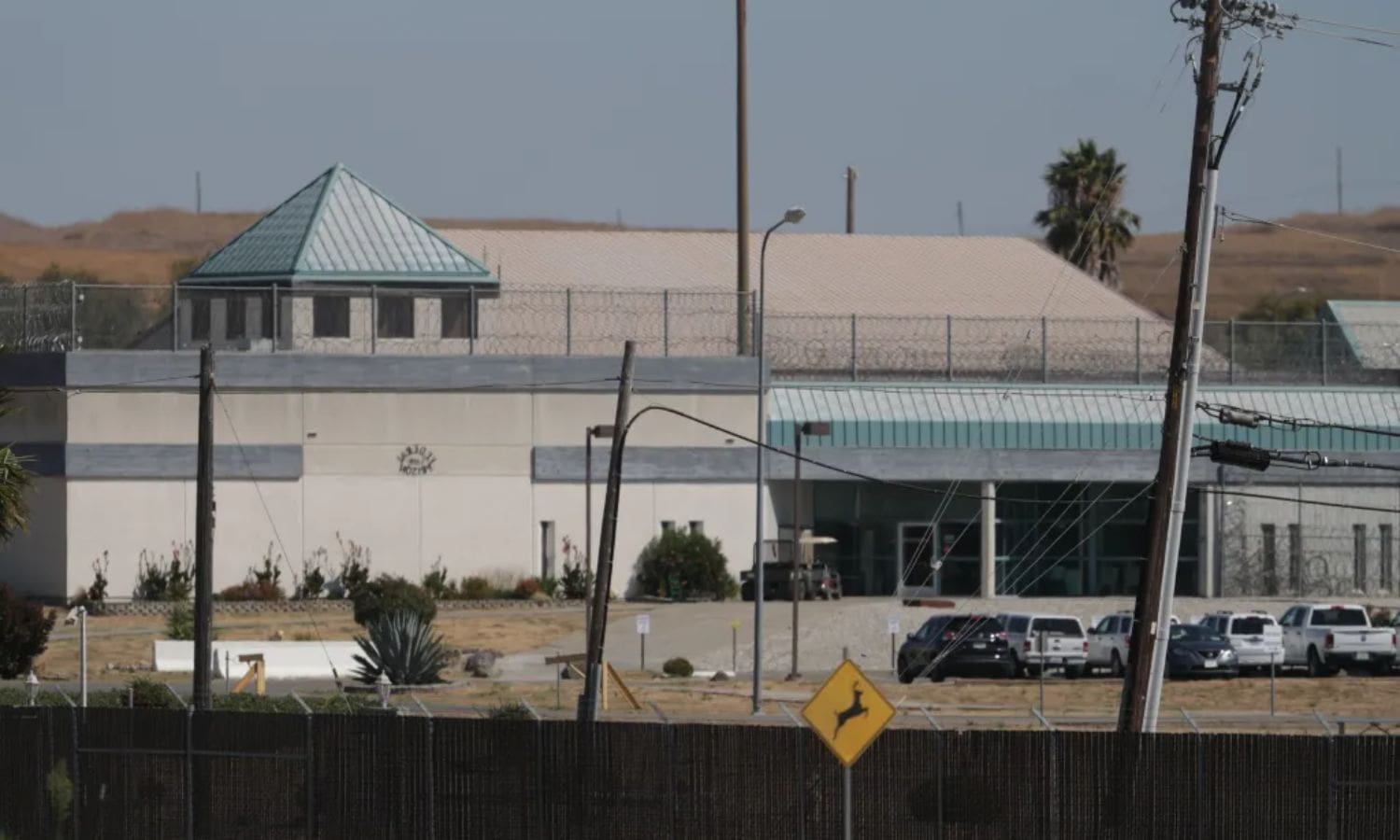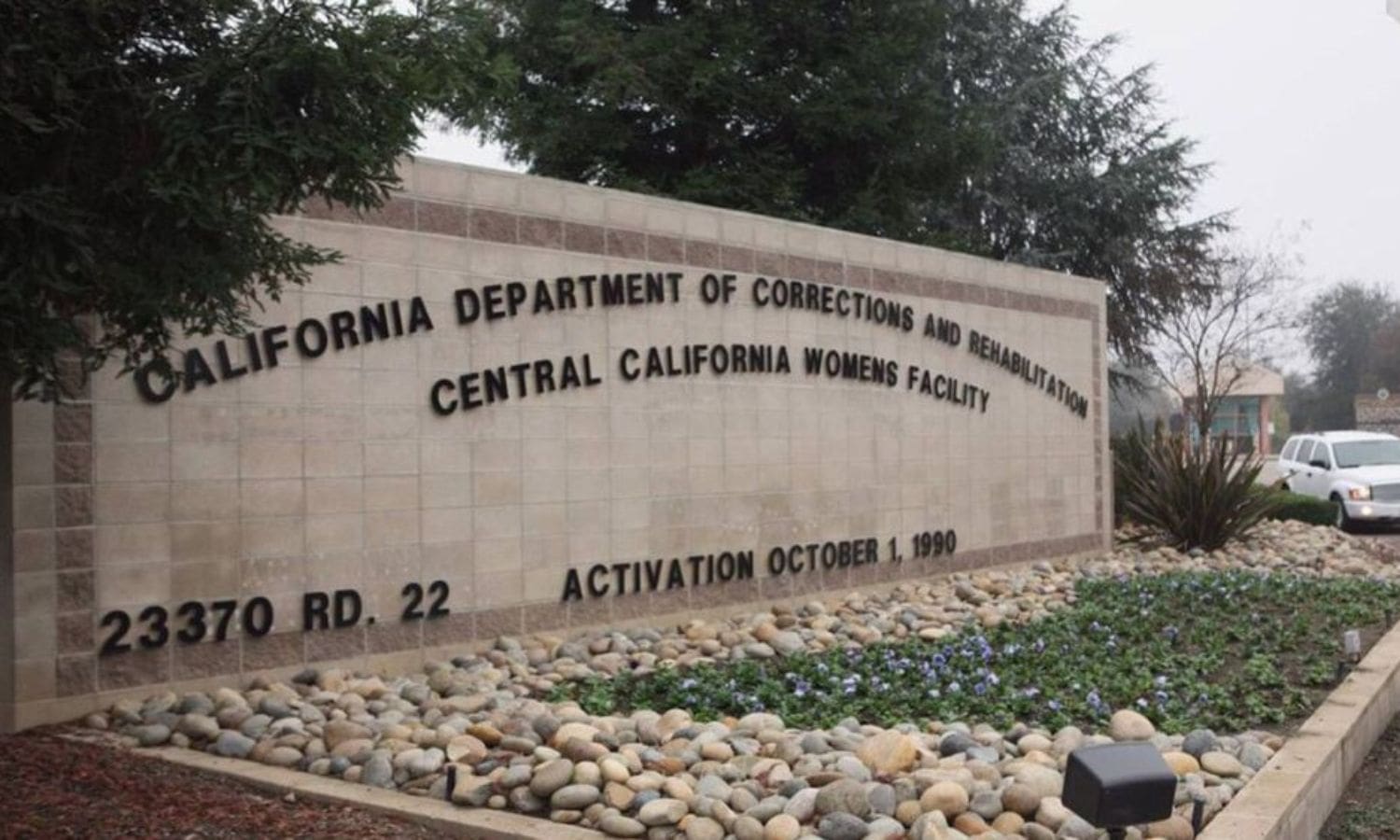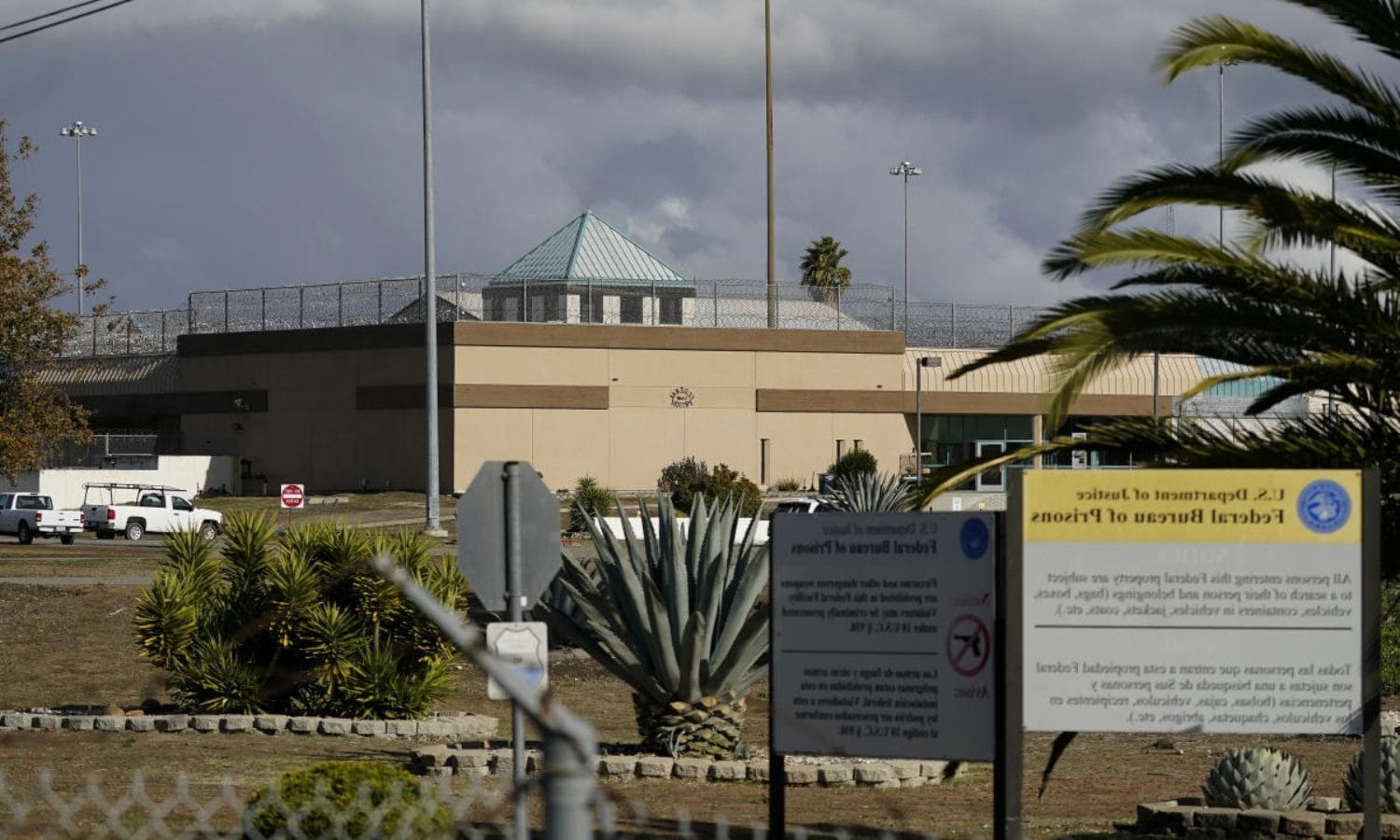Former Inmates File Lawsuit: A group of former inmates have recently filed a lawsuit against the California Department of Corrections and Rehabilitation (CDCR), alleging widespread sexual abuse within the state’s prison system. The allegations include stories of individual victims who experienced systematic intimidation and coercion by prison staff.
The CDCR’s response to these claims, as well as the call for institutional changes, will be examined in this article. This investigation aims to provide a concise and objective account of the alleged sexual abuse and its impact on the California prison population.
Key Takeaways Of Former Inmates File Lawsuit
- Over 130 former female inmates have filed a lawsuit against the California Department of Corrections and Rehabilitation (CDCR) alleging sexual abuse by prison staff at state prisons in Chino and Chowchilla.
- The allegations include acts of rape, sexual assault, and harassment by prison staff members, highlighting the pervasive sexual abuse within the prison system.
- The correctional officers contribute to a culture of fear and intimidation through tactics such as threats of physical harm, isolation, and loss of privileges, making it difficult for victims to seek justice.
- The CDCR has acknowledged the severity of the allegations and condemns staff violations, but institutional changes are needed to prevent future incidents of sexual abuse, including stronger staff training, stricter monitoring, and enhanced communication channels for reporting inmates.


Sexual Abuse Allegations Against California Department of Corrections:
Numerous allegations of sexual abuse have been made against the California Department of Corrections, prompting a lawsuit by former inmates. The allegations specifically involve incidents of sexual abuse by prison staff at state prisons in Chino and Chowchilla.
Over 130 former female inmates have come forward, claiming to have experienced sexual abuse while incarcerated at these facilities. The allegations include acts of rape, sexual assault, and harassment by prison staff members.
The plaintiffs maintain that the California Department of Corrections failed to adequately protect them from such abuse and neglected its duty to provide a safe and secure environment. The lawsuit seeks justice for the victims, as well as reforms within the correctional system to prevent future incidents of sexual abuse.
Individual Stories and Lawsuit Details:
Several former inmates have come forward with their individual stories and details of the lawsuit, shedding light on the alleged sexual abuse they experienced while incarcerated in California prisons.
One of the plaintiffs, Jessica, recounts the alleged sexual abuse she endured at the Central California Women’s Facility in Chowchilla.
According to the lawsuit filed in December, the plaintiffs assert that sexual abuse was pervasive within the prison system, with correctional officers abusing their authority.
The allegations also extend to the California Institution for Women in Chino, where the plaintiffs detail instances of coercion and isolation for sexual acts.
These individual stories provide a harrowing account of the abuse faced by inmates and highlight the urgent need for reform within the California Department of Corrections to ensure the safety and well-being of incarcerated individuals.


Also Read: Endeavour Display in California Science Center Reaches Last Stage
Systematic Intimidation and Coercion:
How did correctional officers allegedly contribute to a culture of fear and intimidation in California prisons?
Correctional officers in California prisons are accused of contributing to a culture of fear and intimidation through systematic intimidation and coercion tactics. These tactics were allegedly used to deter inmates from reporting instances of sexual abuse. The power dynamic between prisoners and authority figures played a significant role in creating an environment where inmate credibility was doubted and their fears were dismissed.
Correctional officers allegedly employed various means of intimidation, retaliation, and deterrence to silence victims and discourage them from seeking justice. Some of the reported tactics included threats of physical harm, isolation, and loss of privileges. To illustrate these allegations, the following table provides examples of the alleged systematic intimidation and coercion tactics employed by correctional officers in California prisons:
| Alleged Tactics | Description |
|---|---|
| Threats of physical harm | Correctional officers allegedly threatened inmates with violence. |
| Isolation | Inmates claim they were isolated as punishment for speaking out. |
| Loss of privileges | Prisoners allege that their privileges were taken away. |
These alleged tactics contributed to a culture of fear and intimidation, making it difficult for victims to come forward and seek justice for the sexual abuse they experienced in California prisons. The lawsuit filed by former inmates aims to shed light on these systemic issues and hold those responsible accountable for their actions.
Allegations Against California Department of Corrections and Rehabilitation (CDCR):
The allegations against the California Department of Corrections and Rehabilitation (CDCR) include their alleged failure to implement adequate hiring practices, procedures, and training, as well as their role in contributing to a culture of fear and intimidation in California prisons. These allegations highlight serious concerns about the CDCR’s ability to provide a safe and secure environment for incarcerated individuals.
The specific allegations against the CDCR are as follows:
- Failure to implement adequate hiring practices, procedures, and training:
- Allegations suggest that the CDCR has not properly screened and trained its staff, leading to the hiring of individuals who may be prone to abusive behavior.
- Failure to implement proper procedures for reporting and addressing instances of sexual abuse, further exacerbating the problem.
- Contributing to a culture of fear and intimidation in California prisons:
- Allegations assert that the CDCR has allowed a culture of fear and intimidation to persist within its prisons, creating an environment where sexual abuse can occur without consequences.
- Failure to address complaints and provide adequate support to victims further perpetuates this culture.
CDCR Response and Call for Institutional Changes:
The California Department of Corrections and Rehabilitation (CDCR) has responded to the allegations by emphasizing the need for institutional changes to address the issue of sexual abuse in California prisons. The CDCR acknowledges the severity of the accusations and condemns any violations of their oath and public trust by staff members. In response to the ongoing legal proceedings, the CDCR has refrained from further comments.
However, the legal proceedings have underscored the imperative for institutional changes to prevent future incidents of sexual abuse. The CDCR recognizes the importance of creating a safe and secure environment for all inmates and is committed to implementing measures that will ensure the protection of their rights. To achieve this, the CDCR has identified the following areas for improvement:
| Institutional Changes Needed |
|---|
| Strengthening staff training and education on preventing and reporting sexual abuse |
| Implementing stricter monitoring and oversight mechanisms to detect and address any instances of abuse |
| Enhancing communication channels for inmates to report abuse and ensuring their anonymity and safety during the reporting process |
Through these proposed institutional changes, the CDCR aims to foster a culture of accountability and zero tolerance towards sexual abuse within California prisons.


Conclusion Of Former Inmates File Lawsuit
The allegations of sexual abuse in California prisons highlight a systemic issue within the California Department of Corrections and Rehabilitation (CDCR).
Former inmates have come forward with individual stories of abuse, pointing to a pattern of intimidation and coercion.
The CDCR needs to address these allegations seriously and implement institutional changes to ensure the safety and well-being of inmates.
Our Reader’s Queries
Q1. What is the lawsuit against Chowchilla Correctional Facility?
Ans. In a significant legal development, six women who claimed to have been assaulted by a former guard inside California’s women’s prison in Chowchilla have reached a settlement for their lawsuits. The agreement, totaling $3.7 million, was confirmed by their attorney. This resolution marks a notable step in addressing the allegations of sexual assault within the prison facility.
Q2. What is inmate abuse in US prison facilities?
Ans. U.S. prisons grapple with various forms of abuse and Eighth Amendment violations. Instances of physical and sexual abuse, inadequate access to medical treatment, food deprivation, solitary confinement, and unsanitary conditions prevail within the prison system. These issues highlight ongoing challenges and concerns regarding the well-being of inmates.
Q3. How many prisons are in Chowchilla California?
Ans. Nestled in Madera County, California, Chowchilla stands as a city with a population of 19,039 according to the 2020 census. Positioned 16 miles northwest of Madera and resting at an elevation of 240 feet, Chowchilla boasts a unique landscape. Notably, the city is home to two significant institutions, namely the Central California Women’s Facility and Valley State Prison, marking key features of its local identity.
Q4. What is the most famous prisons in California?
Ans. With a rich history dating back as one of the oldest prisons in the United States, San Quentin holds a prominent status as a widely recognized institution. Its influence extends to various forms of media, being prominently featured in numerous movies, television shows, songs, and books, solidifying its place in the cultural narrative.

